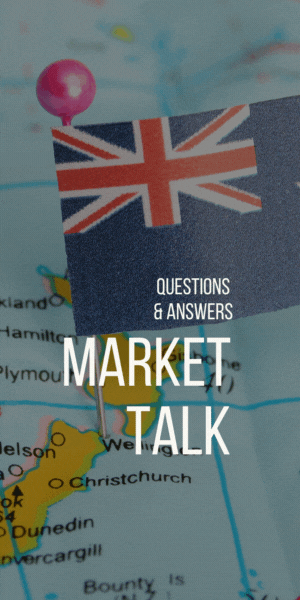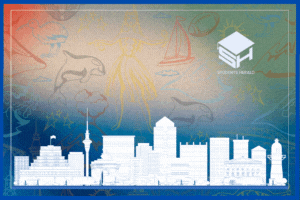Big Changes to Australia’s Immigration Charges Beginning July 1, 2025
- Prajesh N
- Jul 20
- 2 min read
Visa Application Charge Increases on July 1, 2025
Australian visa applicants now pay higher fees. In line with annual indexation, most Visa Application Charges rose about 3% to match inflation and round to the nearest five dollars (source). Some visas rose more. For example, the base fee for a Student Visa (subclass 500) jumped from AUD $1,600 to $2,000, a 25% rise, whereas it rose last year from $710 to $1,600. This fee lift does not cover applicants from Pacific Island nations or Timor-Leste, who still get discounts.
By comparison, Partner Visa charges rose roughly 3% from about $9,095 to $9,365. Citizenship fees and review tribunal charges also climbed a bit to align with annual cost reviews. The update ensures visa services remain funded properly and keeps the system running without strain.
Here are some of the main visas that saw a rise in July 2025.

Skilled Visa Income Thresholds Increase
Apart from the Visa Application Charge updates, the Income Threshold for skilled visas also rose. The Department of Home Affairs confirmed an annual 4.6% lift tied to Australia’s Average Weekly Ordinary Time Earnings. This change follows the Migration Strategy, which aims to align migrant salaries with local pay rates.
Key thresholds now look like this:

These levels apply to new nomination applications lodged on or after July 1, 2025. Existing visa holders stay under old conditions. Sponsors must still pay the higher of the market salary rate or the minimum threshold to protect local wages.
Why Visa Application Charge and Income Threshold Changes Matter
The lift in Visa Application Charges means applicants and families pay slightly more. An increase of a few hundred dollars for popular visas like skilled, student, or partner visas may not seem huge, but planning ahead helps reduce stress.
Australia is shifting how it handles employer-sponsored visas by raising the Income Thresholds. This move shows a push to ensure that overseas workers earn fair wages and that local salaries stay protected. It also means employers might need to increase pay for some roles if they want to bring in skilled workers. The system will continue to focus on jobs that truly need skilled talent.
Australia brought in changes to tighten its international student system last year. One of the biggest changes was increasing student visa fees from $710 to $1600. The government made this rise to match the real value of studying in Australia and help fund improvements in education and training. This year, the fee was increased again to $2,000 to filter out non-genuine applicants and ease pressure on the system. This step also supports funding for migration and education reforms that Australia sees as essential to maintain quality.
.png)
















Comments